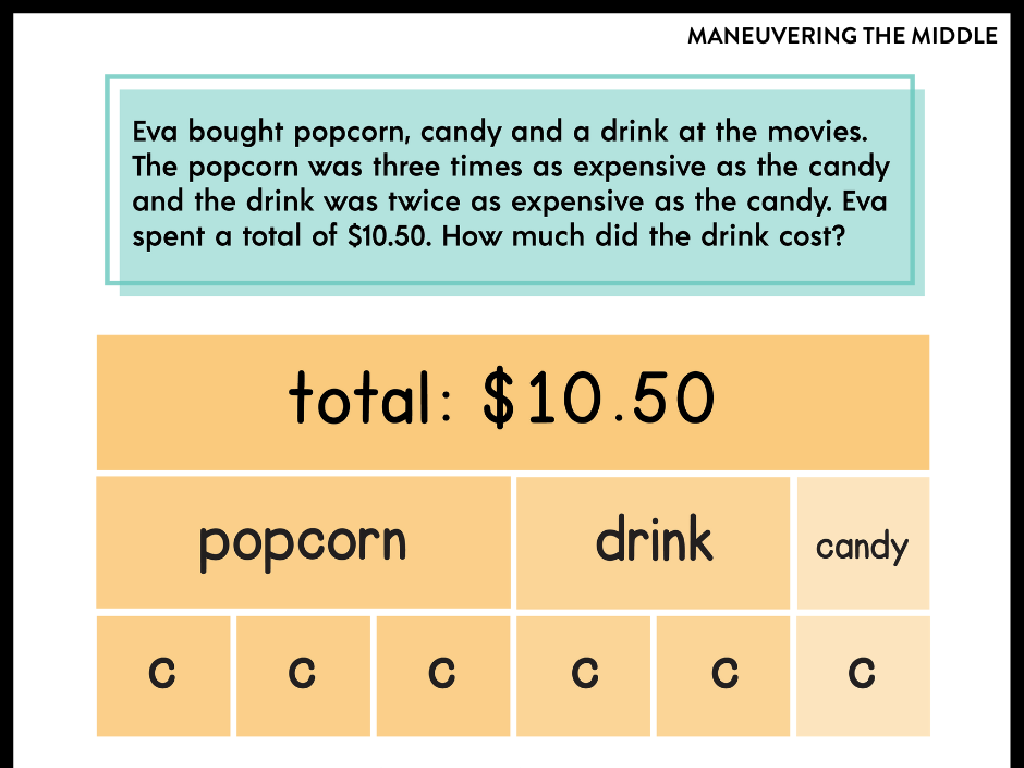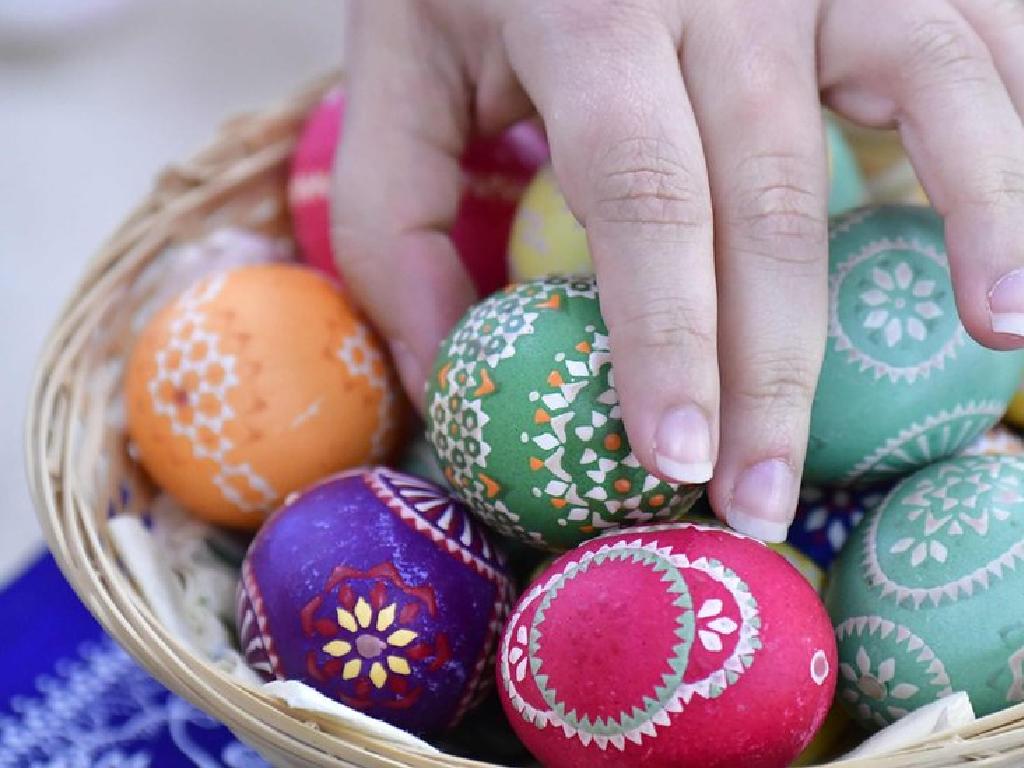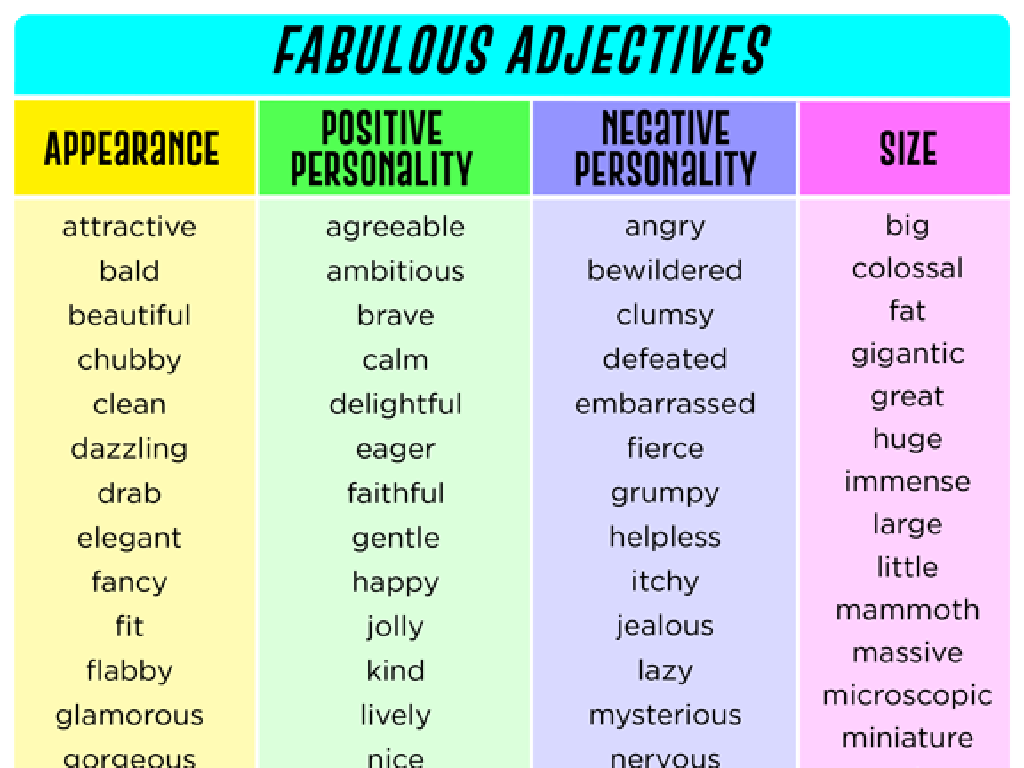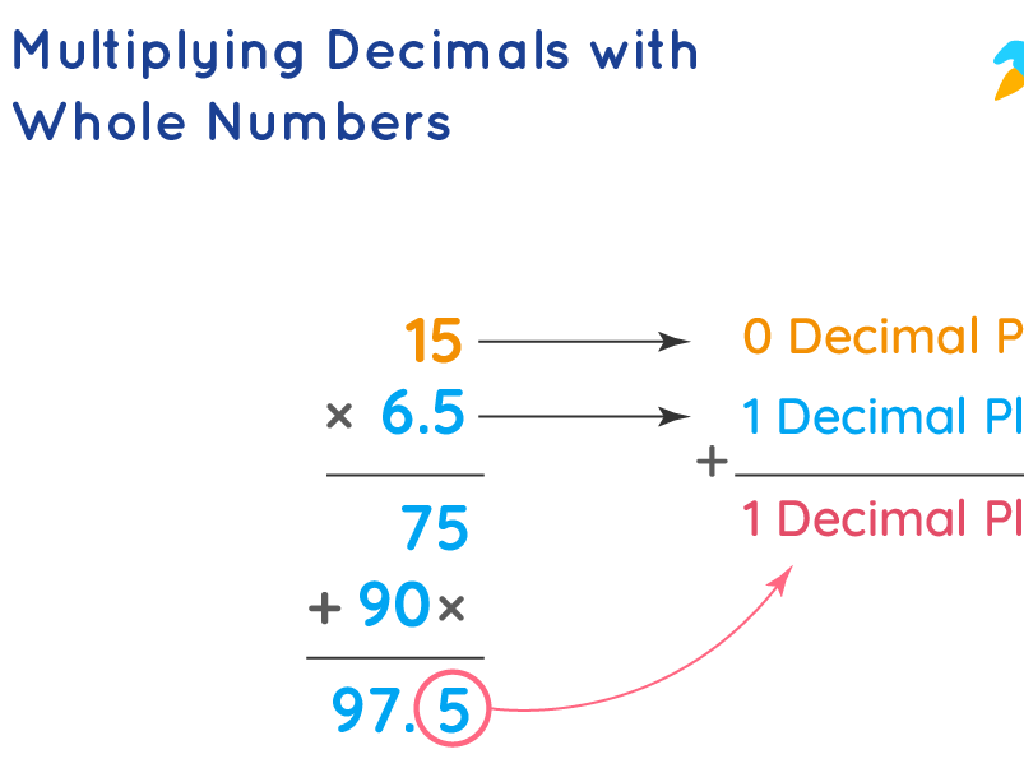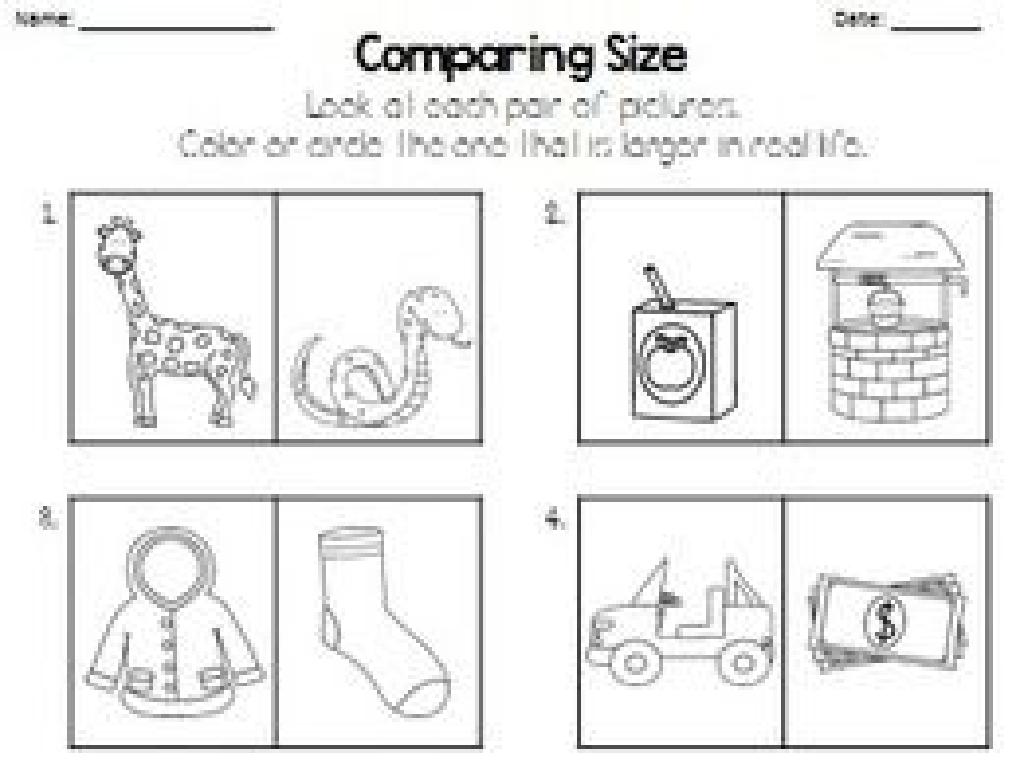Make Predictions Using Theoretical Probability
Subject: Math
Grade: Seventh grade
Topic: Probability
Please LOG IN to download the presentation. Access is available to registered users only.
View More Content
Introduction to Probability
– Understanding basic probability
– Probability measures the chance of an event occurring.
– Probability in everyday life
– Coin flips, weather forecasts, and board games.
– Theoretical vs. experimental probability
– Theoretical is prediction, experimental is observed.
– Calculating simple probabilities
– Use ratios to determine the likelihood of outcomes.
|
This slide introduces the concept of probability, which is a measure of how likely an event is to occur. Start by explaining that probability is everywhere in our daily lives, from simple games to complex weather predictions. Highlight the difference between theoretical probability, which is based on what should happen in an ideal situation, and experimental probability, which is based on actual results from an experiment. Emphasize the importance of understanding both to make accurate predictions. Conclude by showing how to calculate the probability of simple events, such as rolling a die, using ratios. Encourage students to think of other examples where they encounter probability.
Theoretical Probability Basics
– Define theoretical probability
– The likelihood of an event happening based on all possible outcomes.
– Learn the probability formula
– Probability = Favorable outcomes / Total outcomes
– Explore examples of probability
– Flipping a coin: 1/2 chance for heads or tails.
– Understand probability in daily life
– Predicting chances of rain, winning a game, etc.
|
This slide introduces the concept of theoretical probability, which is a fundamental aspect of mathematics, particularly in the study of statistics and probability. Theoretical probability is defined as the ratio of the number of favorable outcomes to the total number of possible outcomes. It is important for students to understand that this type of probability is based on what should happen in an ideal situation. The formula provided will be the basis for calculating probabilities in various scenarios. Examples should be simple and relatable, such as the probability of getting a heads when flipping a coin, which is 1 out of 2 possible outcomes, or 1/2. Encourage students to think of other simple events where they can easily apply the formula to make predictions. This will help them grasp the concept of theoretical probability and how it can be used to make predictions in real life.
Calculating Probability of Simple Events
– Understanding single event probability
– Example: Probability of rolling a 4
– A die has 6 sides, so the chance of rolling a 4 is 1 in 6
– Class Activity: Probability with cards
– What’s the chance of drawing a red card from a standard 52-card deck?
– Applying probability to predictions
|
This slide introduces the concept of theoretical probability in the context of simple events. Start by explaining that the probability of an event is a measure of how likely it is to occur, expressed as a ratio of the number of favorable outcomes to the total number of possible outcomes. Use the example of rolling a die to illustrate this concept, showing that each side has an equal chance of landing face up. For the class activity, guide students to calculate the probability of drawing a red card from a deck of cards, which involves identifying the number of red cards in a deck and the total number of cards. Encourage students to discuss and predict outcomes before revealing the actual probability. Provide additional examples if time allows, and ensure students understand how to apply probability to make predictions about simple events.
Compound Events in Probability
– Define compound events
– A compound event consists of two or more simple events.
– Calculate probability of independent events
– Multiply the probabilities of each event occurring.
– Example: Rolling two sixes
– Probability of a six on one die is 1/6, so for two dice it’s 1/6 * 1/6.
– Practice with different scenarios
|
This slide introduces students to the concept of compound events, which are events involving two or more simple events. Students will learn how to calculate the probability of two independent events by multiplying the probability of each event. For example, when rolling two dice, the probability of getting a six on both is 1/36, since each die is independent and has a 1/6 chance of rolling a six. Encourage students to think of other scenarios where they can apply this method, such as flipping coins or drawing cards from a deck. Provide practice problems for students to work on individually or in groups to solidify their understanding.
Making Predictions with Probability
– Use probability for predictions
– Example: Game outcome predictions
– If a die is rolled, predict which number will land.
– Probability informs decisions
– Probability guides us to make choices based on likely outcomes.
– Practice with probability exercises
– Try predicting the result of flipping a coin 10 times.
|
This slide introduces the concept of using theoretical probability to make predictions about future events. Start by explaining that probability is a measure of how likely an event is to occur. Use the example of rolling a die to illustrate how probability can predict which number is more likely to come up. Emphasize that understanding probability helps us make more informed decisions in games and real-life situations. Encourage students to think critically about the likelihood of different outcomes and to practice making predictions with simple probability exercises, such as predicting the outcomes of coin tosses or drawing cards from a deck.
Class Activity: Probability Experiment
– Understand theoretical probability
– Predict coin toss outcomes
– What’s the chance of heads or tails?
– Record 50 coin tosses
– Tally heads and tails after each toss
– Compare predictions to results
– Analyze how close your predictions were
|
This activity is designed to help students apply the concept of theoretical probability to a real-world scenario. Begin by explaining that theoretical probability is the expected probability of an event occurring based on all possible outcomes. For a coin toss, since there are two possible outcomes (heads or tails), the theoretical probability of either outcome is 1/2. Have students make predictions about the number of heads and tails they expect to see in 50 tosses. As they perform the experiment, they should record the actual results. After completing the tosses, students will compare their predicted results with the actual results and discuss any variations. Possible variations of the activity could include using dice to explore different probability outcomes, or having groups of students perform the experiment to compare results across the class.
Wrapping Up: Theoretical Probability
– Recap probability concepts
– Review: outcomes, events, and probability ratio
– Probability in daily life
– Discuss how probability is used in weather forecasts, games, etc.
– Q&A session
– Encourage students to ask questions or express confusions
|
As we conclude, revisit the key concepts of theoretical probability, ensuring students understand terms like outcomes, events, and how to calculate the probability ratio. Highlight the relevance of probability in everyday decisions, such as assessing the risk of an event occurring, or in understanding predictions like weather forecasts. Open the floor for a Q&A session, allowing students to clarify any doubts. This is also an opportunity to assess their grasp of the subject. Encourage participation by asking if anyone has seen probability used in real-life situations outside of class.

